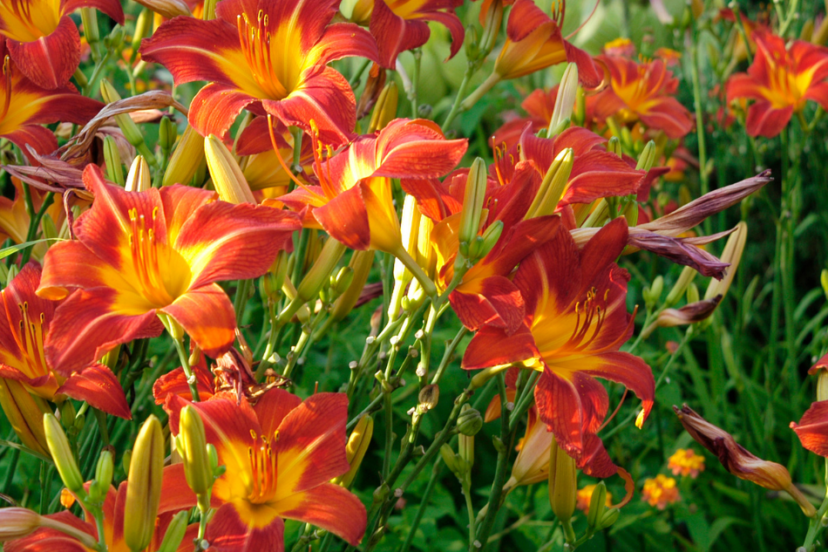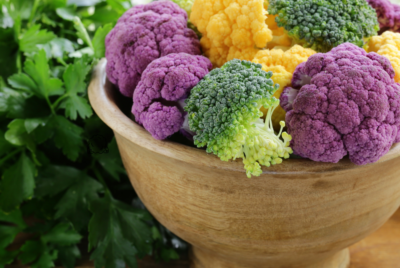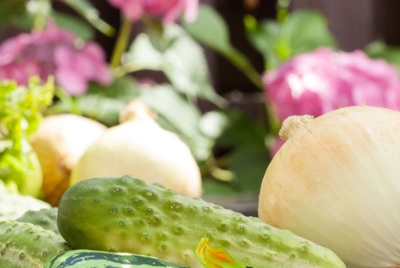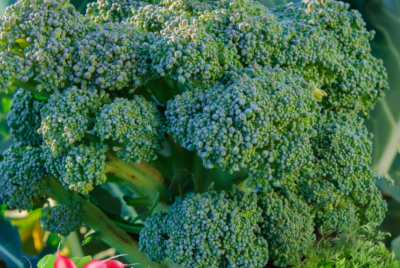Daylily Companion Plants
The Perfect Pairing – Daylilies And Their Ideal Companion Plants
Companions in the garden can make all the difference in creating a harmonious and thriving landscape. Concerning daylily companion plants these can elevate their beauty and overall health. By selecting plants that complement their colors, heights, and blooming times, you can create stunning visual displays while also providing practical benefits for your garden. Let’s explore the art of pairing daylilies with their ideal companions to create a garden that truly shines.
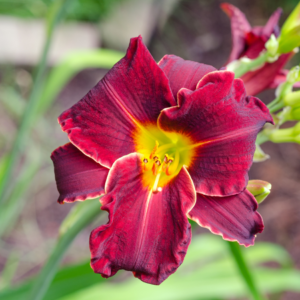
Key Takeaways:
- Vibrant Colors: Pairing daylilies with other vibrant flowers creates a striking and colorful garden display.
- Complementary Blooming Seasons: Choose companion plants that bloom at different times to ensure continuous blooms throughout the growing season.
- Height Variations: Mix daylilies with plants of varying heights to create visual interest and a dynamic garden landscape.
- Soil Preferences: Select companion plants that have similar soil and light requirements to ensure they thrive together.
- Beneficial Insects: Planting daylilies with insect-attracting companion plants can help create a balanced ecosystem in your garden.
Selecting Daylily Companion Plants
Understanding the Benefits
Little do many know, but planting companion plants alongside daylilies can provide a range of benefits. These include improved pest control, increased biodiversity, enhanced pollination, and even added aesthetic appeal to your garden.
Criteria for Choosing the Perfect Companions
On your quest to select the perfect companion plants for your daylilies, consider factors such as sunlight requirements, soil preferences, and growth habits. Compatibility is key, so opt for plants that will thrive in similar conditions to ensure a harmonious relationship in your garden.
An important factor to consider when selecting companion plants for your daylilies is the need for varying blooming periods. By choosing plants that flower at different times, you can enjoy continuous pops of color throughout the growing season. Additionally, selecting plants with complementary heights can create visual interest and a balanced look in your garden bed. Remember to also take into account the nutrient needs of each plant to avoid competition for resources.
Perfect Pairings for Every Season
Spring Stars: Plants to Pair with Early-Blooming Daylilies
If you have early-blooming daylilies in your garden, consider pairing them with spring stars like daffodils, tulips, or grape hyacinths. These colorful companions will enhance the beauty of your daylilies and create a stunning display of blooms in the spring.
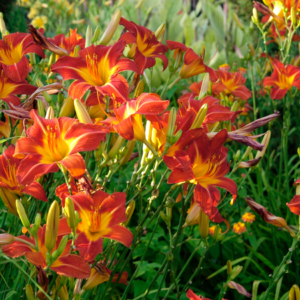
Summer Splendor: Combinations for Peak Daylily Season
On a hot summer day, nothing beats the sight of vibrant daylilies blooming in full glory. To complement the peak season of your daylilies, consider pairing them with knockout roses or purple coneflowers.
These plants not only perfectly complement the colors of daylilies but also attract beneficial pollinators to your garden.
Pair your daylilies with plants that share similar sunlight and water requirements to ensure a thriving companion planting. Consider the height and spread of the companion plants to create a visually appealing and well-balanced garden bed.
By choosing the right plants to pair with your daylilies, you can create a harmonious and breathtaking garden display throughout the summer season.
Caring for Your Daylily Companion Plants
Watering, Feeding, and Pruning Tips
Keep your daylily companions happy and thriving by providing them with the right amount of water, nutrients, and maintenance.
Water your plants deeply once a week, allowing the soil to dry out slightly between waterings. Feed your companions with a balanced fertilizer in the spring to promote healthy growth and vibrant blooms.
Prune back any dead or yellowing foliage to encourage new growth and prevent disease. Recognizing the signs of overwatering, nutrient deficiencies, or pest infestations early can help you address issues before they become serious.
Preventing Pests and Diseases in Your Garden Duo
On your journey to creating a beautiful garden duo with your daylilies and their companion plants, it’s crucial to prevent pests and diseases from taking over. Implement good gardening practices like proper spacing between plants to improve air circulation and reduce the risk of fungal diseases. Remove any debris or dead plant matter regularly to eliminate hiding spots for pests. Consider natural remedies or organic pesticides for pest control, keeping in mind the well-being of your Daylily companions.
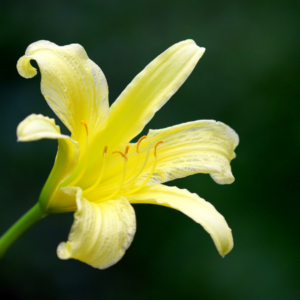
Designing with Daylilies and Companion Plants
Creating Visually Stunning Arrangements
Despite their stunning beauty on their own, daylilies can truly shine when planted alongside the right companion plants.
When designing your garden, consider pairing daylilies with plants that offer complementary colors, textures, and heights. This will create a visually striking display that will enhance the beauty of your daylilies.
Maximizing Small Spaces and Borders
The key to maximizing small spaces and borders with daylilies and their companions is strategic planning. Begin by selecting smaller daylily varieties that won’t overpower the space.
Pair them with compact companion plants that will not only complement the daylilies but also add layers of interest and texture. Consider incorporating trailing plants or low-growing groundcovers to fill in any gaps and create a lush, full look.
With a thoughtful approach to design, you can transform even the tiniest of spaces into a vibrant and dynamic garden that showcases the beauty of daylilies and their ideal companions.
By selecting plants that thrive in your specific growing conditions and paying attention to their mature sizes and growth habits, you can create a harmonious and visually appealing landscape that will bring you joy throughout the seasons.
Here are some Examples of perfect companion plants for Daylilies and vice versa.
Daylilies are compatible with a variety of plants that can enhance the beauty of your garden and offer practical benefits such as attracting pollinators and repelling pests. Some perfect companions include:
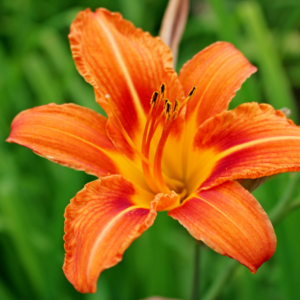
- Bee Balm (Monarda): With its distinct flowers and fragrant presence, it attracts pollinators and serves well as a border plant.
- Coral Bells (Heuchera): Offering vibrant foliage colors and acting as an excellent ground cover, they pair nicely with daylilies.
- Shasta Daisy (Leucanthemum x superbum): These offer striking white flowers that can brighten the area around your daylilies.
- Butterfly Bush (Buddleia): This shrub attracts butterflies and adds a mixture of colors to the garden.
- Black-Eyed Susan (Rudbeckia hirta): These plants provide pretty splashes of yellow and orange color, complementing daylilies.
- Salvia (Salvia officinalis): Blooming in beautiful colors, salvia fits well under taller daylilies.
- Phlox (Phlox paniculata): They add spring to late summer color and enjoy similar soil conditions as daylilies.
- Roses (Rosa): Offering a long bloom period, they add sophistication to any garden they share with daylilies.
- Russian Sage (Perovskia atriplicifolia): With purple upright spikes, they create a glorious scene next to daylilies.
- Lavender: As a pest repellent, it also attracts pollinators and complements the daylilies with its purple blooms during the summer.
- Coneflowers (Echinacea purpurea): These add an alluring feel and layer of color to gardens with daylilies.
- Zinnias: Available in a variety of colors, zinnias thrive in similar conditions as daylilies and have pest-repellent properties.
- Sage: Its aroma repels pests, and when in bloom, it offers a beautiful purple accent to your garden.
- Yarrow: Yarrows are another choice that can enhance the look of your daylily garden.
These companions not only blend well visually with daylilies but also share similar growing requirements like full sun and well-draining soil, making them practical choices for gardeners.
Final Words on Daylily Companion Plants
On the whole, combining daylilies with their ideal companion plants can create a stunning and harmonious garden landscape.
By selecting the right plants that complement each other in terms of color, height, and blooming time, you can enhance the beauty and diversity of your garden beds. Happy gardening!
FAQ’s about Daylily Companion Plants
Q: What are daylilies?
A: Daylilies are herbaceous perennial plants that produce beautiful trumpet-shaped flowers that typically last for one day.
They come in a wide range of colors and are known for their easy care and ability to thrive in various conditions.
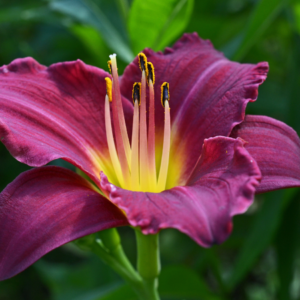
Q: What are some ideal companion plants for daylilies?
A: Some ideal companion plants for daylilies include coneflowers, salvia, ornamental grasses, phlox, and hostas. These plants not only complement the beauty of daylilies but also thrive in similar growing conditions.
Q: How should I plant daylilies with their companion plants?
A: When planting daylilies with their companion plants, make sure to choose a location that receives adequate sunlight and has well-draining soil. Space the plants according to their individual needs and consider the height and color of each plant for a visually appealing arrangement.
Q: Do daylilies and their companion plants require special care?
A: Daylilies and their companion plants are generally low-maintenance, but they may benefit from regular watering, fertilizing, and mulching. Deadheading spent blooms and dividing overcrowded plants can also help maintain their health and beauty.
Q: How can I create a stunning garden with daylilies and their ideal companion plants?
A: To create a stunning garden with daylilies and their ideal companion plants, plan your layout carefully, considering factors such as color, height, and bloom time. Experiment with different combinations and textures to create visual interest, and don’t be afraid to mix and match plants to achieve a harmonious and beautiful garden display.
Companion Planting Swiss Chard
Brussel Sprout Companion Planting
Companion Planting versus Interplanting

